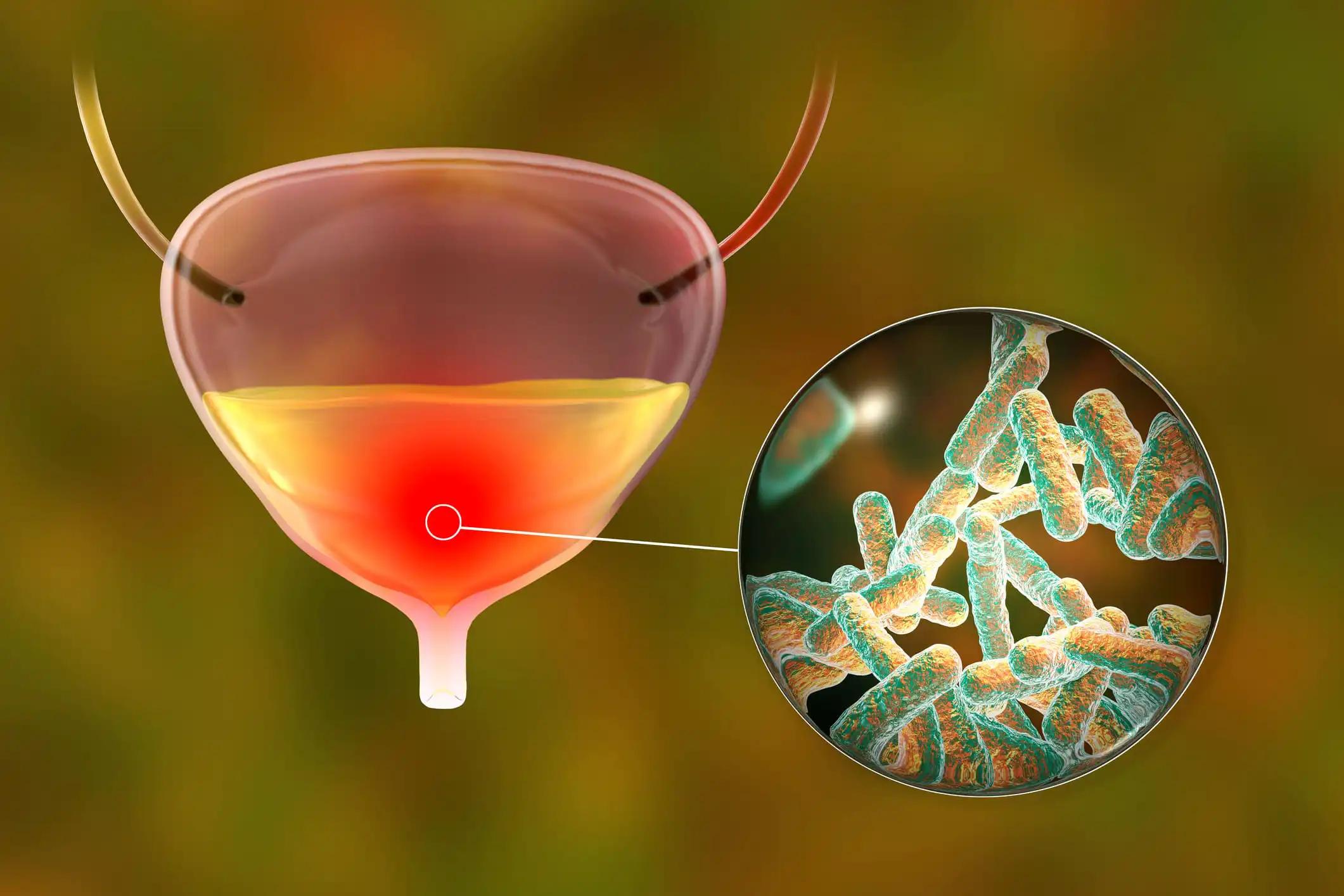KEY TAKEAWAYS
- The study aimed to explore how ferroptosis and cuproptosis affect survival and treatment outcomes in MIBC.
- Targeting hub FRGs and CRGs in our prognostic model could enhance MIBC subtyping and personalize treatment strategies.
Muscle-invasive bladder cancer (MIBC) is a common and aggressive malignancy. Recently, ferroptosis and cuproptosis have emerged as novel forms of programmed cell death (PCD) with potential relevance to cancer research.
Sida Hao and the team aimed to elucidate the interactions between ferroptosis and cuproptosis and to assess their impacts on overall survival (OS) and treatment outcomes in patients with MIBC.
Researchers used data from the TCGA-BLCA project, cBioPortal, and GEO datasets (GSE13507 and GSE32894) to identify critical genes related to ferroptosis and cuproptosis and create a prognostic signature. They performed differential expression analysis (DEA), Cox regression, and machine learning to select important genetic features.
They evaluated the signature’s performance with Kaplan-Meier survival analysis and ROC curves. They also examined the mutation and immune microenvironment landscapes and confirmed gene expression patterns with RT-qPCR. They tested SCD knockdown effects on cell viability, proliferation, and migration.
The DEA identified dysregulated ferroptosis-related genes (FRGs) and cuproptosis-related genes (CRGs) within the TCGA MIBC cohort. SCD, DDR2, and MT1A emerged as hub genes. A prognostic signature, derived from the weighted sum of these genes’ expression, demonstrated robust predictive efficacy in both the training and test datasets.
A nomogram incorporating this signature effectively predicted 1-, 3-, and 5-year survival probabilities in the TCGA cohort and the GSE13507 dataset. Analysis of copy number variation (CNV) and the tumor immune microenvironment revealed that high-risk score groups were associated with immunosuppression and reduced tumor purity.
The study also explored the associations between risk scores and immunotherapy as well as chemical drugs, highlighting their potential utility in guiding treatment for patients with MIBC. The dysregulated expression patterns of the three hub genes were further validated through RT-qPCR experiments.
The study concluded that targeting hub FRGs and CRGs presents a promising therapeutic strategy for MIBC. The prognostic model provides a novel framework for subtyping MIBC and guiding personalized treatment approaches.
This study was funded by the National Youth Natural Science Foundation of China.
Source: https://pubmed.ncbi.nlm.nih.gov/39107713/
Hao S, Yang Z, Wang G, et al. (2024). “Development of prognostic model incorporating a ferroptosis/cuproptosis-related signature and mutational landscape analysis in muscle-invasive bladder cancer.” BMC Cancer. 2024 Aug 6;24(1):958. doi: 10.1186/s12885-024-12741-5. PMID: 39107713.



